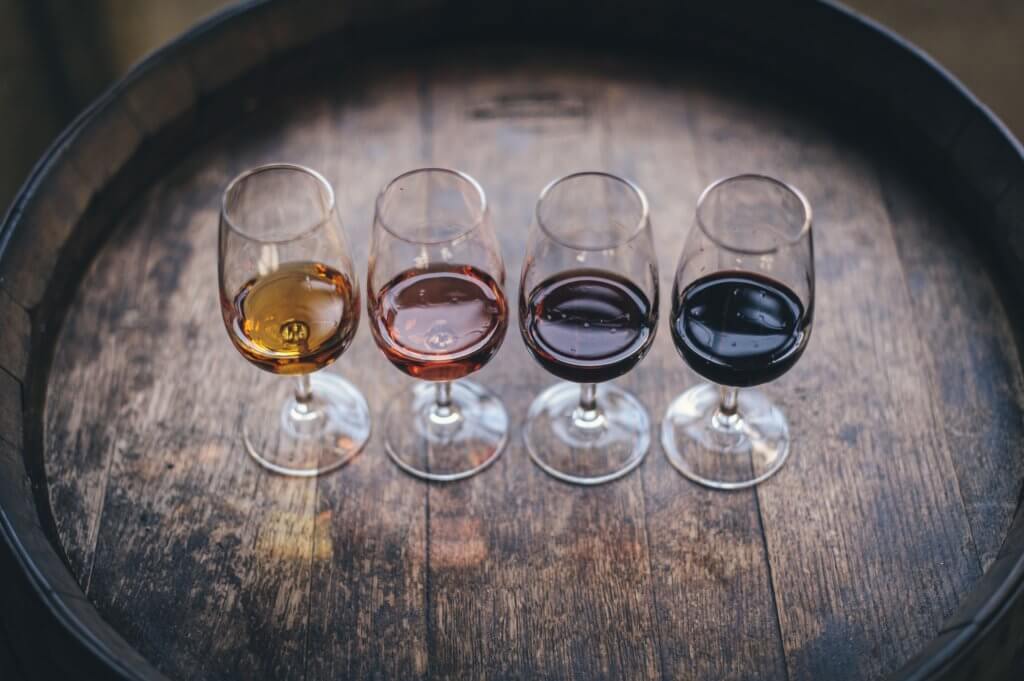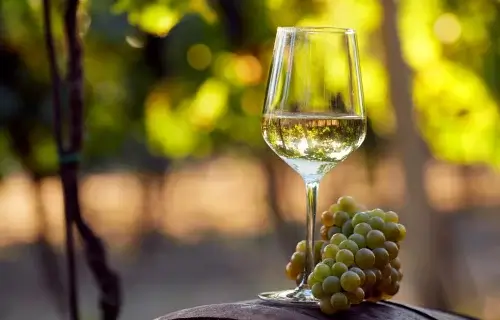BORDEAUX, France — The mystery of whether each wine possesses a distinctive chemical fingerprint that reveals its origin has long perplexed specialists. Now, a breakthrough has emerged thanks to artificial intelligence. A team from the University of Geneva (UNIGE), collaborating with the Institute of Vine and Wine Science at the University of Bordeaux, utilized AI tools to pinpoint the precise chemical markers of red wines from seven prominent estates in Bordeaux with absolute precision.
This research holds promise for potential tools to combat counterfeiting and offer predictive insights for decision-making within the wine industry.
Wines comprise intricate mixtures of thousands of molecules, influenced by various factors such as grape composition, soil nature, grape variety, and viticultural practices. Even slight variations in these elements can significantly impact a wine’s taste. Identifying a wine’s origin based solely on sensory characteristics becomes challenging due to these complexities.
“The wine sector has made numerous attempts to answer this question, with questionable or sometimes correct results but involving heavy techniques,” says Alexandre Pouget, a full professor in the Department of Basic Neurosciences in the Faculty of Medicine at UNIGE, in a media release. “This is due to the great complexity of the blends and the limitations of the methods used, which are a bit like looking for a needle in the middle of a haystack.”
Among the methods used is gas chromatography, a process involving the separation of mixture components based on affinity between materials. However, due to the vast number of molecules in wine, the resulting chromatograms — records showing molecular separations — become excessively numerous, making comprehensive analysis challenging.
The breakthrough came as the UNIGE team, in collaboration with the University of Bordeaux, employed machine learning — a subset of AI — to process chromatograms from 80 red wines spanning 12 vintages and seven Bordeaux estates. This innovative approach allowed them to consider complete chromatograms, comprising up to 30,000 data points, leading to the extraction of crucial chemical patterns.

“Instead of extracting specific peaks and deducing concentrations, this method allowed us to take into account each wine’s complete chromatograms – which can comprise up to 30,000 points – including ‘background noise’, and to summarize each chromatogram into two X and Y coordinates, after eliminating unnecessary variables. This process is called dimensionality reduction,” explains study first author Michael Schartner, a former postdoctoral scholar in the Department of Basic Neurosciences in the Faculty of Medicine at UNIGE.
Through dimensionality reduction — a process streamlining data by eliminating extraneous variables — researchers visualized distinct “clouds” of points representing wines from the same estate. These clouds clustered together based on chemical similarities, showcasing each estate’s unique chemical fingerprint.
“This allowed us to show that each estate does have its own chemical signature. We also observed that three wines were grouped together on the right and four on the left, which corresponds to the two banks of the Garonne on which these estates are located,” says study co-author Stéphanie Marchand, a professor at the Institute of Vine and Wine Science at the University of Bordeaux.
Contrary to expectations, the wine’s chemical identity wasn’t determined by specific molecule concentrations but by a broader chemical spectrum.
“Our results show that it is possible to identify the geographical origin of a wine with 100 percent accuracy, by applying dimensionality reduction techniques to gas chromatograms,’’ notes Pouget.
This research not only sheds light on a wine’s identity and sensory traits but also opens avenues for decision-making tools, preservation of terroir identity, and more effective counterfeiting prevention within the wine industry.
The study is published in the journal Communications Chemistry.
You might also be interested in:
- Best Wineries In America: Top 5 U.S. Vineyards Most Recommended By Experts
- Best Red Wines Under $20: Top 10 Bottles Most Recommended By Experts
- Cheers! 5,000-year-old wine collection discovered in tomb of ancient Egypt’s first female pharaoh

